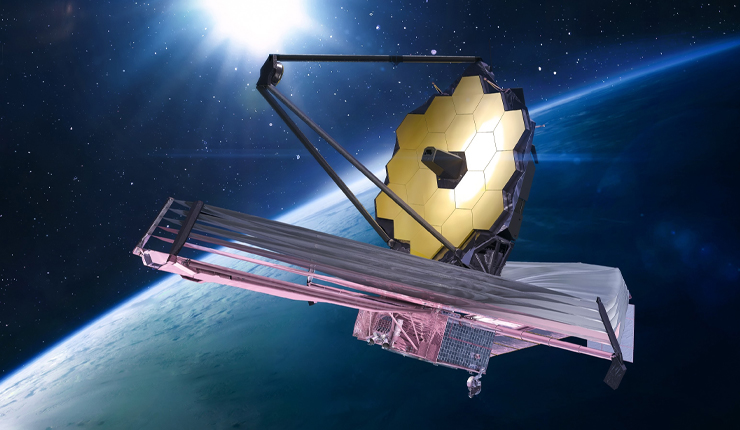Webb telescope discovers 6 massive galaxies
James Webb Space Telescope have discovered six massive galaxies which existed between 500 million and 700 million years after the universe creation in the big bang, CNN reported on Wednesday.
In a new study published in Nature and co-authored by Joel Leja, assistant professor of astronomy and astrophysics at Penn State University. Leja expressed her amazement upon finding the discovered galaxies “as mature as our own.”
It was expected any galaxies found within this time frame would only be tiny and young, she explained.
The new discovery of massive early galaxies contradicts 99 percent of the models depicting galaxies and explaining their formation process. Existing theories assumed galaxies begin as small clouds of stars and dust and grow over time.
“The revelation that massive galaxy formation began extremely early in the history of the universe upends what many of us had thought was settled science,” Leja stated.
Leja and her colleagues have been working on analysing the telescope’s data and its images since their release in July. She mentioned the galaxies have “appeared as large points of light”; they were trying to figure out what they are and thought initially they made a mistake in data interpretation.
Leja also illustrated that data interpretation remains inconclusive till the moment. “I think there is a real possibility that a few of these objects turn out to be obscured supermassive black holes,” she said.
She also pinpointed that it does not undermine the discovery’s significance, nonetheless. “… the amount of mass we discovered means that the known mass in stars at this period of our universe is up to 100 times greater than we had previously thought. Even if we cut the sample in half, this is still an astounding change.”
The telescope is capable of detecting the dim light from ancient stars and galaxies using infrared light, which is invisible to the human eye. Scientists estimated the space observatory can see back in time up to about 13.5 billion years ago.



